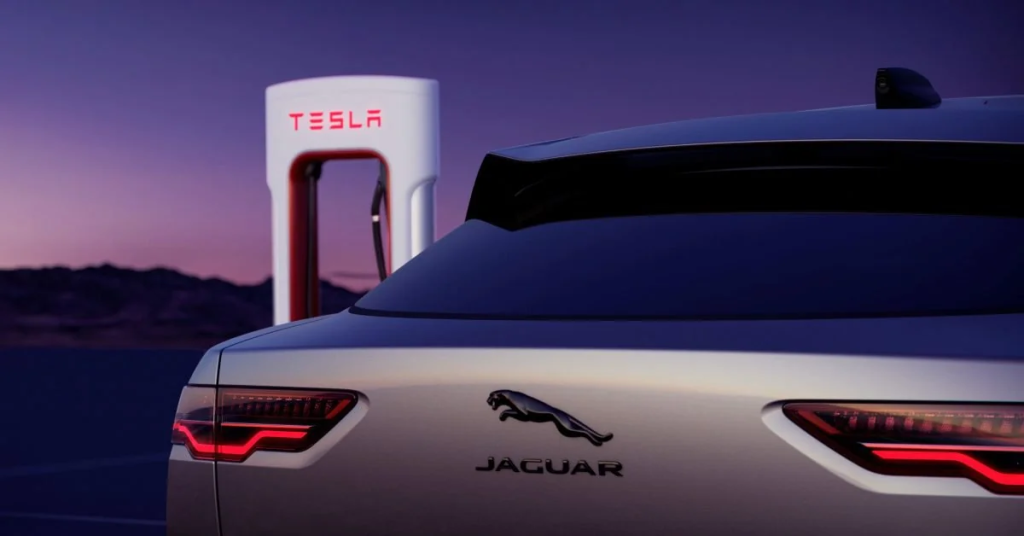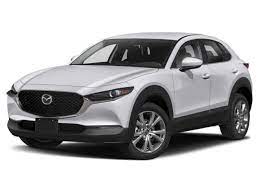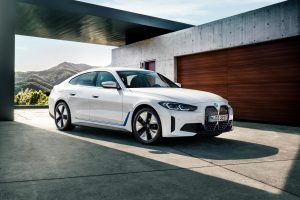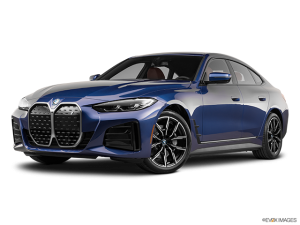As the year 2024 approaches, the electric vehicle (EV) charging scene is on the verge of a major change. With three competing charging plug standards in the United States – Tesla (NACS), CCS1, and CHAdeMO – it’s not entirely clear how charging compatibility will be achieved. In this comprehensive guide, we will explore the background, the challenges, and the solutions that will shape how other cars charge at Superchargers in 2024.
The Current Charging Plug Standards
Before diving into the details of the upcoming changes, let’s take a moment to understand the existing charging plug standards in the United States.
- Tesla (NACS): Tesla vehicles have their proprietary charging plug standard known as NACS (Tesla charging connector). These connectors are widely available at Tesla Supercharger stations and are compatible with all Tesla models.
- CCS1: Combined Charging System (CCS) is a plug standard that combines AC and DC charging. It is used by a variety of non-Tesla electric vehicles in the United States.
- CHAdeMO: CHAdeMO is a fast charging standard that was initially popular in Japan. However, it has lost traction in North America, with only a few vehicles, like the 2024 Nissan LEAF, still using this plug.

The Decline of CHAdeMO and Challenges with CCS1
CHAdeMO, once a contender in the charging plug standards, has seen a decline in usage. Japanese automakers have abandoned it for North American cars, leaving the 2024 Nissan LEAF as one of the few remaining vehicles using this plug. Electrify America, one of the major charging network providers, has also stopped installing CHAdeMO plugs at most new stations.
On the other hand, CCS1, while still in use, faces challenges in the United States. Poor reliability caused by various factors has made CCS1 less dependable than its European counterpart. This reliability issue has led automakers to seek alternatives, resulting in Ford reaching out to Tesla for a collaboration. As a result, other non-Tesla brands will only have access to Tesla’s NACS port starting in 2025.
The Transition to NACS for New EVs
With the transition towards NACS as the dominant charging plug standard for new U.S. EVs, a critical question arises: how will existing CCS1-equipped vehicles access NACS stations? While different manufacturers may adopt different strategies, one solution that has emerged is the use of adapters.
- Availability of Adapters: Manufacturers are planning to make adapters available for CCS1-equipped vehicles to charge at NACS stations. These adapters are expected to be available by early 2024. Some manufacturers may charge for the adapter, while others may provide it for free upon request.
- Functionality of Adapters: The adapters for CCS1 vehicles to charge at NACS stations serve a strictly electrical purpose. Unlike software-level work or protocol translation, the adapters physically connect the correct pins of the CCS1 plug to the corresponding pins of the NACS plug. This ensures compatibility between the vehicle and the charging station.
- Compatibility with Tesla’s Charging Stations: Tesla vehicles have been capable of using the CCS protocol for years, and newer Tesla charging stations are also compatible with CCS. However, not all Tesla stations can support CCS charging, and this limitation will persist even with the use of adapters. Only Version 3 and 4 Tesla chargers have the ability to charge non-Tesla vehicles. It is important to check Supercharge.info or Tesla’s app for station compatibility.
- Potential for Level 2 Charging: While the focus is primarily on fast charging at Superchargers, it is worth considering the compatibility of the adapters with NACS destination chargers (Level 2). While this detail has not been officially announced, adapters for J1772 vehicles are already on the market and function effectively. It remains to be seen if similar adapters will be available for Level 2 NACS charging.

Initiating a Charging Session: Tesla App and Manufacturer App Support
Once an adapter is obtained, initiating a charging session at Superchargers requires a seamless process. Two potential methods have been discussed: using the Tesla app or relying on manufacturer-specific apps.
- Tesla App Integration: Tesla may require drivers of non-Tesla vehicles to use the Tesla app to register their cars and initiate charging sessions. This integration could provide a plug-and-charge capability in the future, simplifying the process for supported vehicles.
- Manufacturer App Support: Alternatively, manufacturers may develop their own apps to facilitate charging at Superchargers. The existing MyChevrolet app, for example, already has a setting for charging using the app. It is highly likely that Tesla will be added to this screen, enabling Tesla vehicles to communicate with Superchargers via the manufacturer’s app.
Considerations and Usage Patterns
While the ability to charge at Superchargers may seem like a significant advantage, it’s important to consider the broader landscape and individual preferences when it comes to charging EVs.
- Charging Monopoly Concerns: One concern is the potential formation of a charging monopoly. If other charging networks struggle to survive, relying solely on Tesla’s Supercharger network may limit consumer choice and hinder future growth. It is essential to maintain a diverse range of charging options for EV owners.
- CCS Network Reliability: Despite the challenges faced by CCS1, it is worth noting that many EV owners have had positive experiences using the CCS network. As CCS infrastructure improves, it will likely become an increasingly reliable and efficient solution for EV charging.
- Backup Charging Solution: While Superchargers are a valuable backup solution for long trips or in situations where other charging stations are unavailable, relying on them exclusively may not be necessary for most EV owners. Utilizing Superchargers sparingly and primarily when other options are limited can help ensure availability for those who rely heavily on Tesla’s charging network.
- Consideration for Others: Courtesy is a vital aspect of EV charging. To avoid inconveniencing other EV owners, it is advisable to use Superchargers judiciously, especially if the charging process might take longer due to factors like incompatible plug positions. Waiting for longer cables and additional stalls (such as V4 stations) can help alleviate potential congestion issues.

Conclusion
As the EV charging landscape evolves, the transition to NACS as the dominant charging plug standard for new EVs brings both opportunities and challenges. Adapters will play a crucial role in enabling CCS1-equipped vehicles to charge at Superchargers. The integration of Tesla and manufacturer apps for initiating charging sessions will further streamline the process. However, it is important to consider the potential impact on charging network diversity and to utilize Superchargers responsibly to ensure availability for all EV owners. By embracing the changing EV charging scene, we can collectively support the growth and accessibility of electric transportation.




No comments! Be the first commenter?